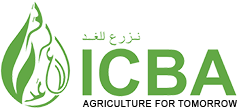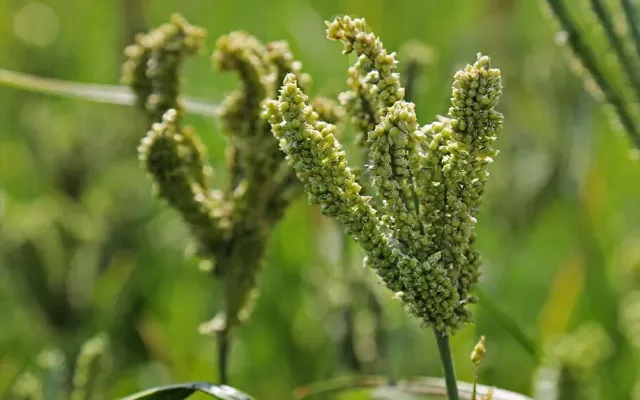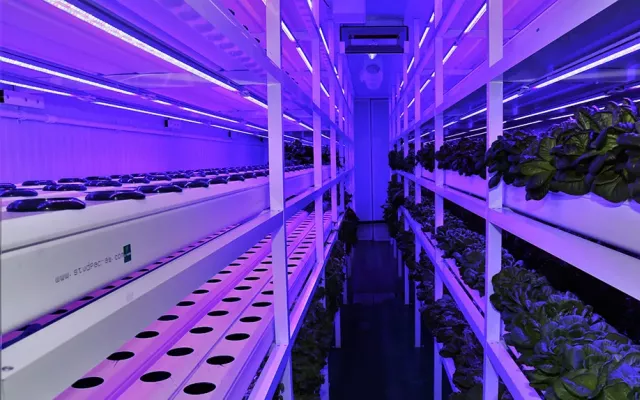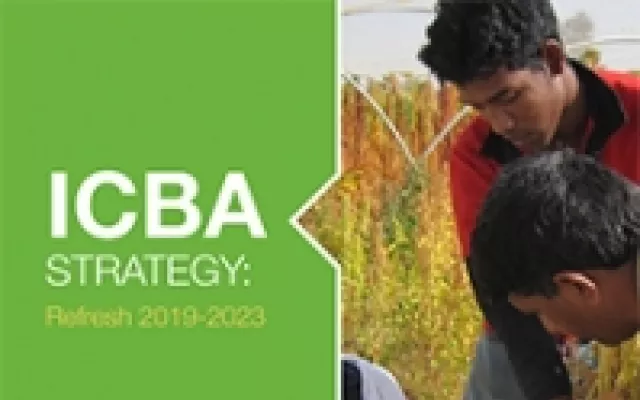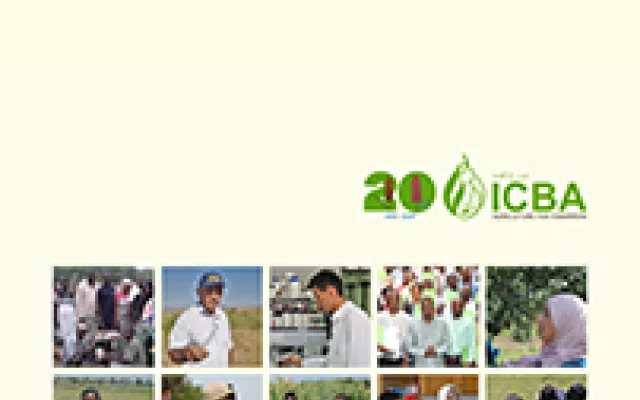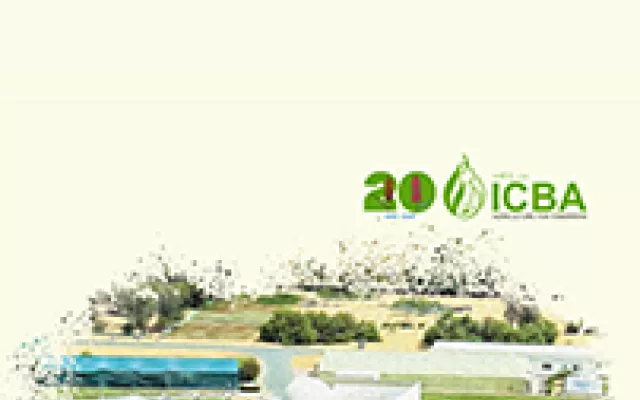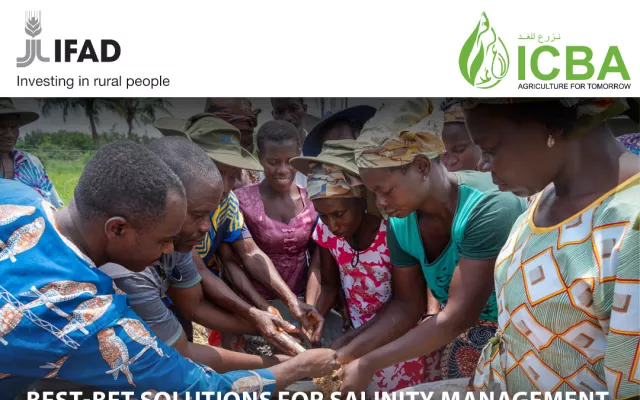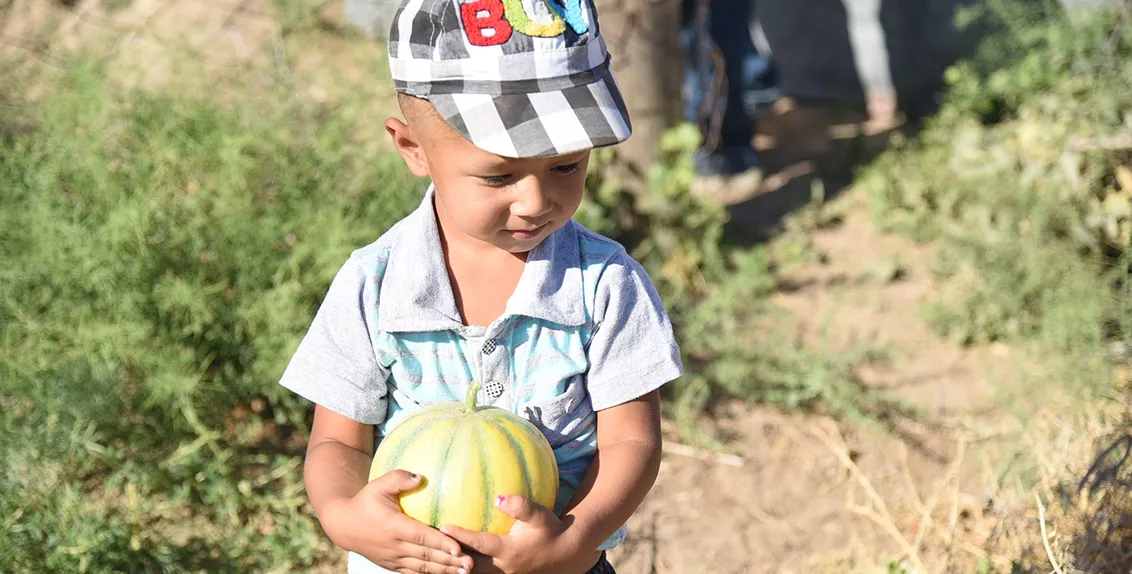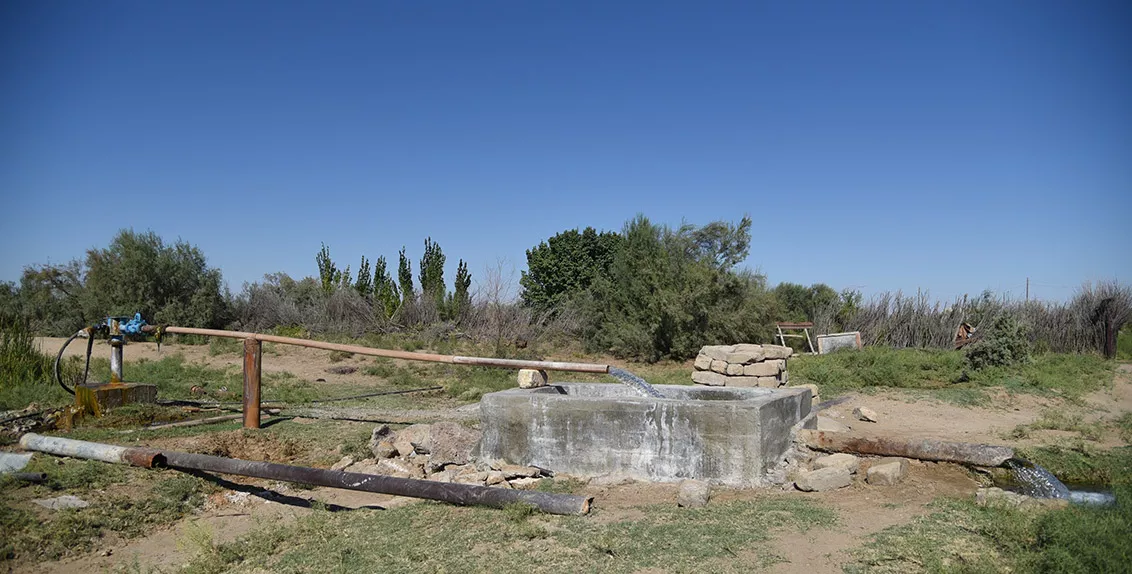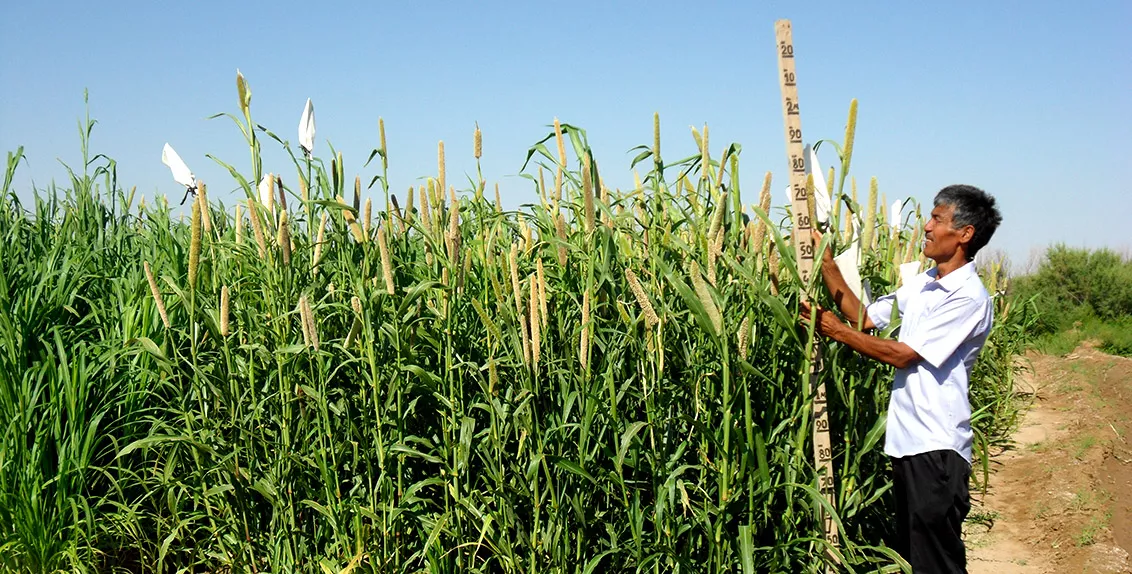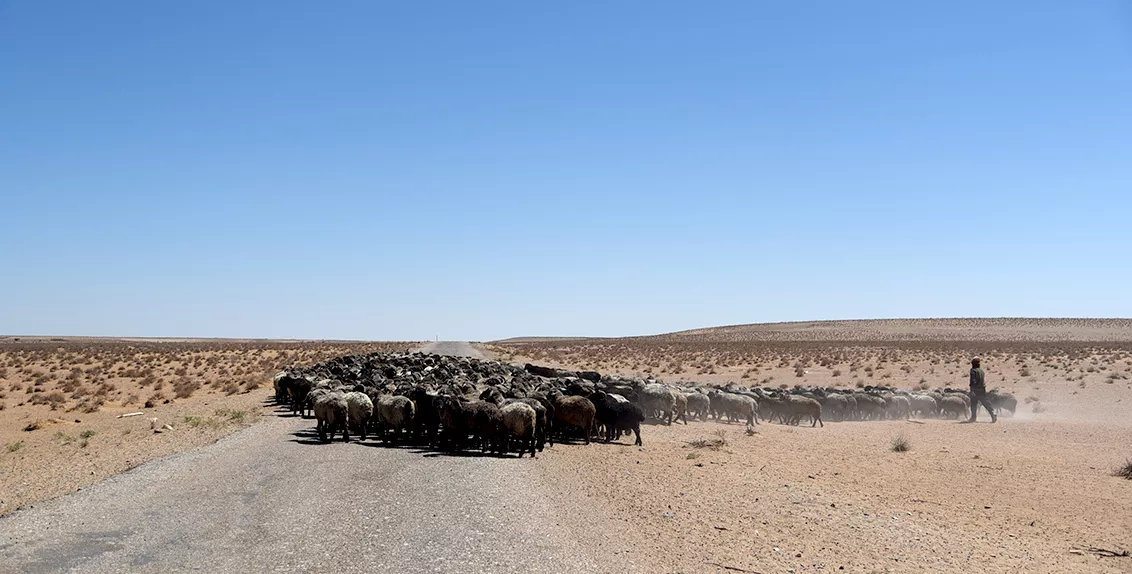Farming in Uzbek desert
27 December 2018
Despite the warnings about unbearable summer heat in the desert, Kyzylkum welcomed us with lovely warm weather and soothing silence. As we head deeper into the desert, a secluded road with pits becomes the only sign of human presence dividing the red desert plain surrounded by a ring of remnant hills, folded with rocks of the Paleozoic era.
Our host Mr. Adylbek Khujanov lives in the Kyzylkesek village with his wife and two grandchildren. The village, fenced by saxaul forests, is home to only seven households, or 32 people. Neighbors call him lucky as his land has one of those pressured self-flowing artesian wells, which allows him to grow melons and forage crops for his small flock.
With a territory of about 300,000 sq. km, Kyzylkum is the 16th largest desert in the world. Located between two converging rivers, Amudarya and Syrdarya, it is divided between Kazakhstan, Uzbekistan and Turkmenistan.
Although there is very limited surface water throughout the desert, Kyzylkum has rich reserves of saline, pressurized groundwater. For years, the desert has served as a pasture for livestock, especially Karakul sheep and camels.
Stretched across two thirds of Uzbekistan, today the desert has become an endangered ecosystem, severely degraded over the last few decades because of mono-cropping and overgrazing.
“In Uzbekistan, where agriculture is the main source of livelihoods, freshwater scarcity has become the main constraint to growing enough food and animal feed to meet the needs of the growing population,” says Dr. Kristina Toderich, Regional Coordinator at the International Center for Biosaline Agriculture (ICBA) for Central Asia and the Caucasus. “There is a dire need to identify alternative production ecosystems that can assist in utilizing the available marginal resources in the region, including low quality water for irrigation.”
Since 2006, ICBA has been implementing research and field trials in the central Kyzylkum area to introduce cold-, heat- and drought-tolerant halophytes such as pearl millet, sorghum, amaranth, safflower, quinoa and other crops, using mineralized artesian water.
According to Dr. Kristina Toderich, the use of mineralized artesian water for irrigated agriculture in Kyzylkum is a promising technology. In Kanimekh District, with 63 self-flowing wells with a debit of 15-18 liters per second each, irrigated agriculture can be established in an area of 350-400 hectares. Throughout Kyzylkum it can be implemented in an area of 25,000 hectares.
When the technology is used, rural farmers can generate around 200 USD per hectare, obtaining 3-5 tonnes of straw and 1.5-2 tonnes of winter wheat grain; 48-78 tonnes of maize, sorghum and millet silage; 14.4-15 tonnes of alfalfa hay; 23 tonnes of hay of above-the-ground phytomass of licorice and up to 10 tonnes of halophyte hay.
Placing his grandson on his shoulder, Adylbek leads us to the field. In the beginning of August, he planted pearl millet and sorghum to use for green mass in winter. His grandson, three-year-old Magjan named after a famous Kazakh poet, insists on him going to other fields too so that we take photos of him with watermelon. Adylbek follows the toddler’s request. “His parents have just departed for Kazakhstan, that’s why the child is distressed,” he justifies.
His two sons and a daughter-in-law seasonally leave for the neighboring country in search of better- paying jobs, while his wife takes care of their children.
He looks forward to the wider application of the technology to increase the income of rural households in the near future. “I have only one dream – to see my children’s prosperity,” Adylbek says. “I hope one day they will stop going abroad and take up my work.”
